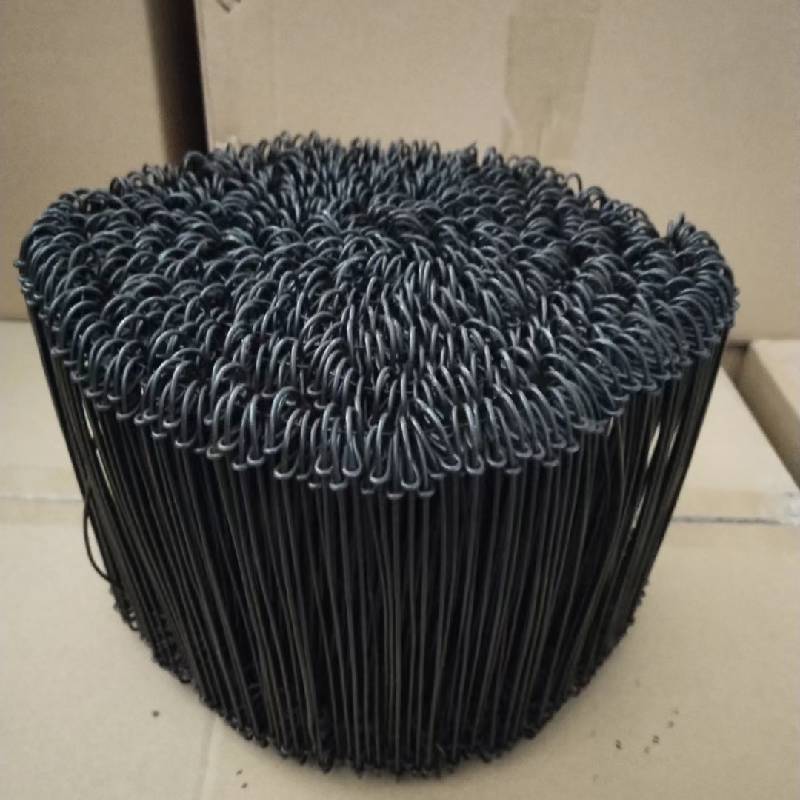
- Mobile Phone
- +8613931874955
- sales@cntcmetal.com
stainless steel netting
The Versatility and Strength of Stainless Steel Netting
In recent years, stainless steel netting has emerged as a prominent choice for a variety of applications across diverse industries. Known for its exceptional durability, corrosion resistance, and aesthetic appeal, stainless steel netting has become a vital material for construction, agriculture, security, and even art. This article aims to explore the many facets of stainless steel netting, highlighting its properties, uses, and advantages.
Properties of Stainless Steel Netting
Stainless steel, an alloy of iron, carbon, and a minimum of 10.5% chromium, is renowned for its resistance to rust and corrosion. These qualities stem from the chromium that forms a passive layer of oxide on the surface, protecting it from environmental factors. As a result, stainless steel netting offers a long lifespan and minimal maintenance requirements, making it an economical choice in the long run.
Another significant property of stainless steel netting is its mechanical strength. It can withstand high levels of tensile stress and impacts, making it suitable for both protective and structural applications. The netting is available in various mesh sizes and wire diameters, allowing for customization according to specific needs. Additionally, stainless steel netting is versatile in terms of design, with options for woven or welded configurations that suit different aesthetic and functional requirements.
Applications of Stainless Steel Netting
Stainless steel netting serves a multitude of purposes across various sectors. In construction, it is often used as reinforcement for concrete structures or as a barrier in stairways, balconies, and fencing, enhancing safety while allowing for visibility. It provides a sturdy framework while maintaining an open feel, making it a popular choice in modern architectural designs.
stainless steel netting

In agriculture, stainless steel netting is widely utilized for animal enclosures, bird netting, and crop protection. Its durability ensures that it can withstand exposure to the elements, while its strength keeps livestock secure and prevents wildlife from damaging crops. Additionally, its non-toxic nature makes it safe for use around food-producing environments.
The security industry has also adopted stainless steel netting for its strength and resilience. It is commonly used in the construction of security cages, fencing around sensitive areas, and even as a deterrent against break-ins. The aesthetic qualities of stainless steel netting can enhance the look of security installations, providing both safety and style.
Moreover, artists and designers have begun to explore the use of stainless steel netting in their work. This material can be manipulated to create stunning visual art, sculptures, and installations. Its interplay of light and shadow adds a dynamic quality to artistic expressions, making it a favored medium in contemporary art.
Advantages of Using Stainless Steel Netting
One of the most significant advantages of stainless steel netting is its low maintenance requirements. Unlike materials that rust or deteriorate over time, stainless steel retains its appearance and functionality with minimal upkeep. Regular cleaning is often all that is needed to keep it looking new.
Furthermore, stainless steel netting is eco-friendly. It is fully recyclable, and its long lifespan reduces the need for replacement, lowering the overall environmental impact. Additionally, its non-toxic properties make it safe for various applications, including those related to food and agriculture.
In conclusion, stainless steel netting stands out as a versatile and robust material suitable for numerous applications. Its unparalleled strength, aesthetic appeal, and low maintenance nature make it an attractive option for industries ranging from construction and agriculture to security and art. As the demand for durable and efficient materials continues to rise, stainless steel netting will undoubtedly play a crucial role in shaping the future of various industries. Embracing this innovative material can lead to enhanced performance, safety, and visual appeal in countless applications.
share:
-
The Ultimate Solution for Display Needs: Wire Grid PanelsNewsMay.06,2025
-
The Ultimate Guide to Galvanized Steel WireNewsMay.06,2025
-
Iron Binding Wire: The Ideal Solution for Your NeedsNewsMay.06,2025
-
Explore the Strength and Versatility of Galvanized Welded Wire FabricNewsMay.06,2025
-
Discover the Durability and Versatility of PVC Galvanized WireNewsMay.06,2025
-
Discover Quality China Stainless Steel Wire MeshNewsMay.06,2025
-
Understanding Wall Ties: Types and ImportanceNewsApr.28,2025



















